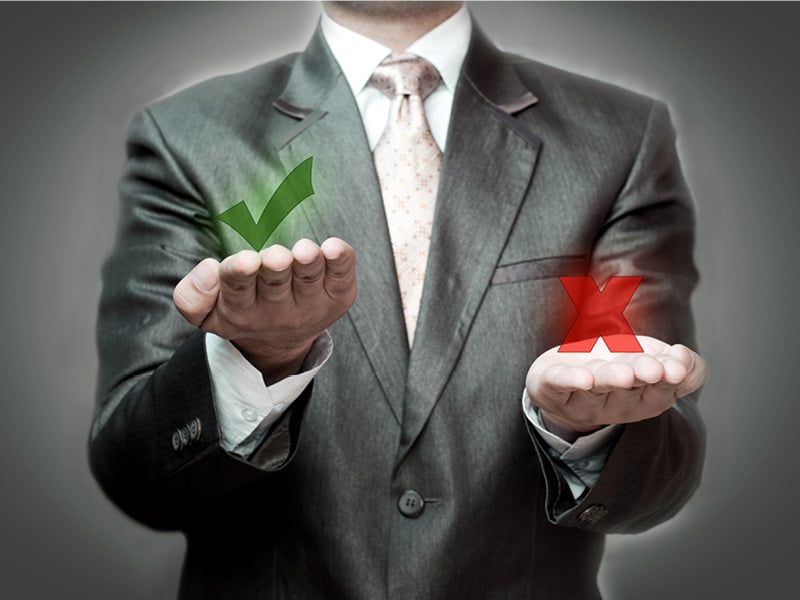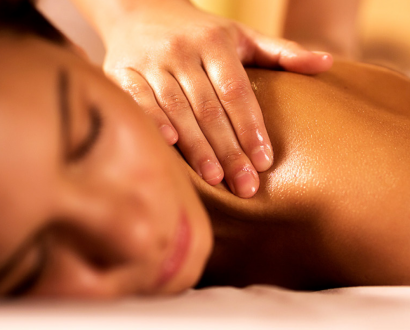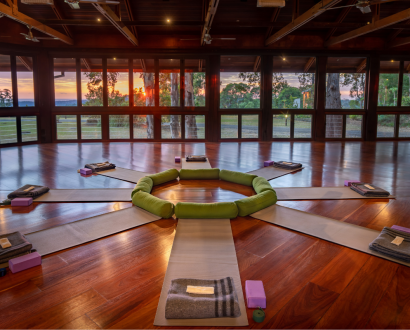It was one of those names that made it impossible to ascertain the gender of the sender. As our emails bounced to and fro I convinced myself that the correspondent was female, so was taken by surprise at our first meeting to find myself shaking the hand of a bearded person who was most definitely male.
As humans we are all biased and prejudiced. Bias are those beliefs and attitudes we form based on our background, our culture and our experiences. They help us to make sense of our world providing filters that predetermine our world-view. And with over 150 biases to choose from we are never short of bias apparel on any given day.
Given we are all biased do we need to be concerned?
We make assumptions, pass judgment and develop our personal preferences, which is fine except sometimes we can be completely wrong.
The reason we have so much bias is to provide us with mental shortcuts to reduce cognitive energy expenditure and keep us safe.
The brain is bombarded with over 11 million pieces of information in any given moment, of which we can only process around 40 and pay specific attention to perhaps 5. Bias helps us to aggressively filter this data overload.
This all happens very fast at a subconscious level and we become programed to respond to a given situation making our decision based on what the brain tells us will be safe, familiar and useful to us.
This can trip us up in the area of inclusion and diversity. We veer towards those we consider “like” us. Our closest friends will be the least diverse of all our acquaintances which is why it can be a good idea to ask some one outside your trusted group for their opinion and avoid the hazards of groupthink.
It can be useful to identify the more common biases such as the halo effect – where we see only the good about a person based on personal affinity. The perception bias is the one used to categorise or stereotype people and the confirmation bias is where we look only for those aspects that align with our pre-existing beliefs.
The implication is that we have to assume that in all our judgments there will be at least one element of bias present and to acknowledge the need to differentiate between being right about our beliefs and believing we are right.
Bias awareness alone is not enough
While it helps to build awareness of what bias is and how it influences decision-making, that in itself does not lead to any significant changes in behaviour apart from increasing acceptance of the fallibility of our thinking.
Develop a strategy to help mitigate bias.
- Choose to challenge or double-check your first impression or choice.
- Slow down your thoughts. Our tendency to “jump to conclusions” or grab the thought that “just crossed my mind” is often an indicator of subconscious bias at work. That’s why it’s not always good to trust our instincts or go with that “gut feel” until we have completed the background checks on our thinking.
- Mind your language. Check in on the words used in conversations, and question your thinking and beliefs.
- Include others. This can be helpful for consistency, feedback on the decision making process and to grant permission for bias to be called out and recognised. Judges on the reality T.V. show The Voice can only listen to the person’s singing without the bias provided through visual cues.
Is there anything that really works to reduce bias?
The only strategy identified in the literature so far that led to a reduction in age and race bias was undertaking ten weeks of mindfulness meditation.
Bias is everywhere. What matters is building bias awareness and putting in place those strategies for work-related processes to help mitigate its effect that will lead towards better decision-making.





